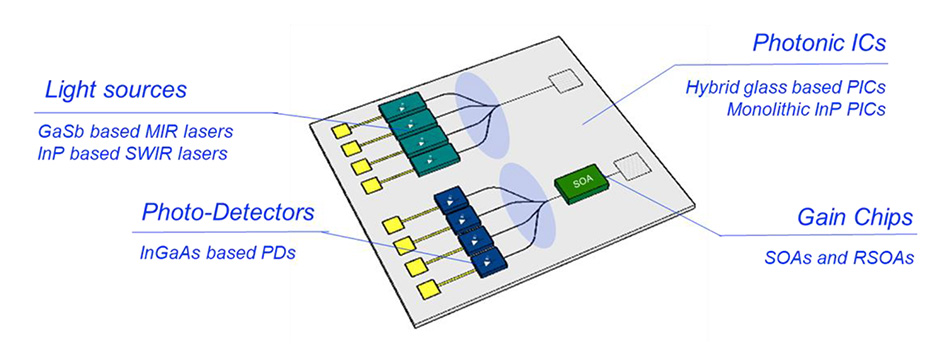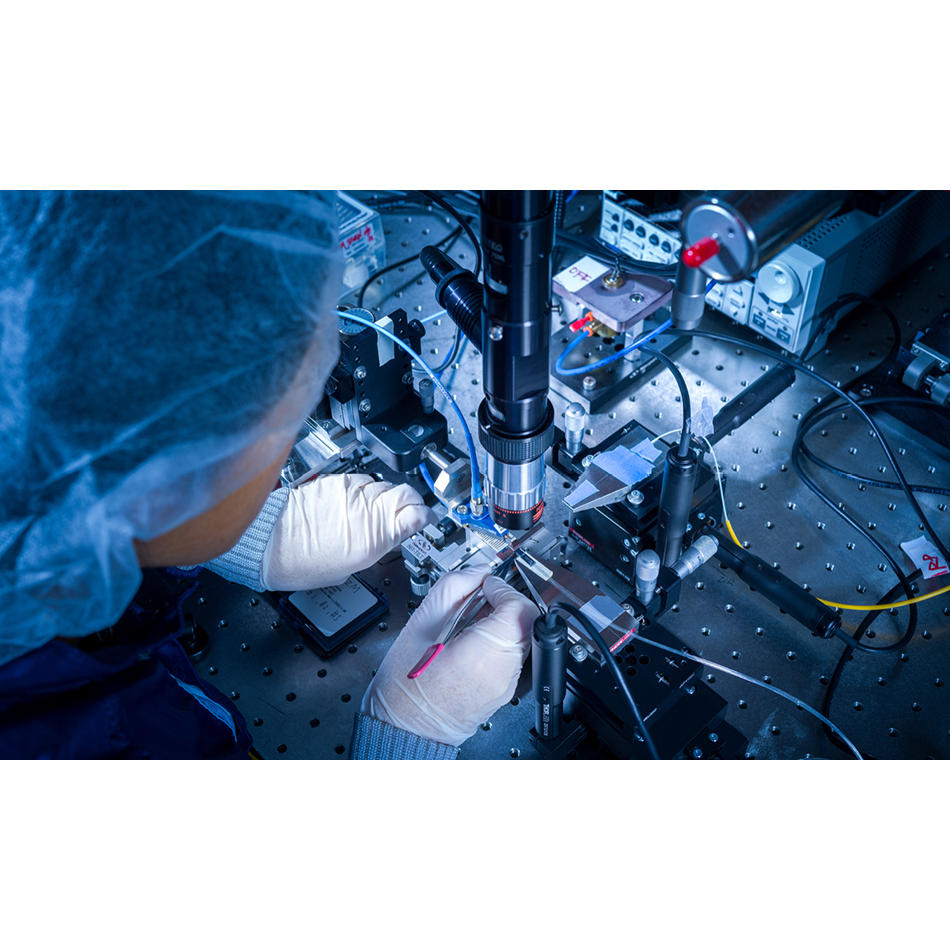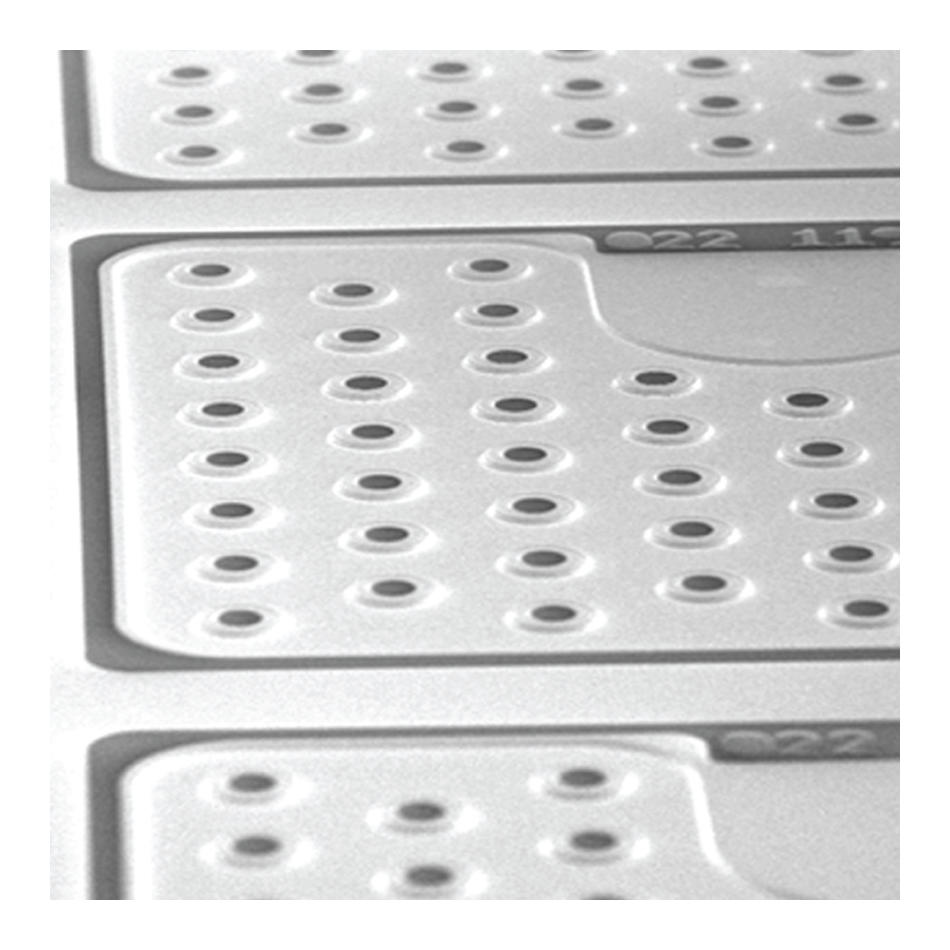New Possibilities in Biosensing
Explore why diode lasers represent a critical technology for supporting the rapid emergence of next-generation wearable health monitors.
September 20, 2023 by Coherent

A key trend in consumer electronic devices is the evolution of smartwatches and other wearable devices to provide personal health monitoring. What began with heart rate monitoring often now includes heart rate variability (stress), blood pressure, and blood-oxygen monitoring. Devices that can also perform hydration or lactate monitoring to assess muscle fatigue are under development. There are claims that a completely non-invasive glucose monitor will soon be available, which will improve the quality of life for diabetics.
What is this all about? There are two demand drivers for increased health monitoring capability:
First, is the desire for preventative/maintenance approaches to health care, where potential issues are recognized and addressed long before they can cause significant symptoms.
Second, the key role biosensing devices can play in providing the doctor and patient with the information needed to implement more personalized medicine solutions, e.g., for managing chronic health conditions.
Why Diode Lasers
From a technological viewpoint, monitoring applications all involve some type of optical sensing technique. The new and more advanced applications mentioned above — such as lactate, glucose, and hydration monitoring — all rely on optical techniques that depend on the special properties of a laser light source.
What kind of laser? Lasers vary tremendously in terms of power, wavelength, size, cost, pulsing characteristics, and other parameters. (We know because we make just about every kind of laser at Coherent!).
For an application like wearable health monitors (or consumer electronics in general), there are four critical laser requirements that must be met:
Low cost
Small/lightweight size
Low power consumption
Reliability
Diode lasers (often called laser diodes) are the only lasers that can meet all of these requirements.
Some Current and Future Applications for Wearables:
Heart rate monitoring
Blood-oxygen monitoring
Hydration monitoring
Glucose monitoring
Lactate monitoring
Disease detection and personalized medicine
VCSELs Roadmap Dominated by Consumer Applications
Diode lasers come in many different varieties and are available over a wide wavelength range. As of today, the most popular type of diode laser for most optical sensing applications is the VCSEL (pronounced “vixel”).
A key advantage of a VCSEL over other diode lasers is that it emits light from the top surface. VCSELs are available in the near-infrared (NIR) range from 750 nm to 1200 nm and deliver a circular beam of light that doesn’t require sophisticated optics. This characteristic makes integration easy and minimizes the total weight and cost in many applications.
Because of these advantages, VCSELs are widely used in a variety of applications in consumer electronic devices. These applications range from navigation in optical computer mice, body tracking in gaming consoles, to proximity and facial recognition sensors and 3D scanners in smartphones and tablet computers. They are also used in automotive sensing applications to enable autonomous driving as well as driver and passenger monitoring applications. Furthermore, VCSELS are even starting to be used for brain imaging (fNIRS).
As an aside, VCSELs are also widely used in optical communications in data centers. The fast modulation capabilities of VCSELs, ease of integration, and excellent cost-to-performance ratio turns out to be perfect match for shorter distance data links needing extremely high bandwidth, which is just what data centers need to support the explosive growth in artificial intelligence (AI) applications.
At present however, the largest single application for diode lasers is in smartphones for facial recognition, which uses two VSCEL arrays emitting infrared light at 940 nm. How big? Well Coherent has already supplied over 200 billion VCSEL emitters into consumer electronics applications. This was possible because we have made significant investments in VCSEL manufacturing, built and brought online new fabs, and scaled production from 75 mm to 150 mm wafers. In fact, today we are the world's largest vertically integrated manufacturer of VCSELs using mature processes with correspondingly high yields and economic products.
Besides VCSELs, Coherent also manufactures another type of laser diode: the edge emitting laser (EEL). This type of laser emits light from the side of the chip with a slightly elliptical beam shape. The main advantage of edge emitting laser is that their architecture is compatible with different materials systems that enable different wavelength ranges. We make EELs based on gallium-arsenide, indium-phosphide, as well as gallium-antimonide and cover the wavelength range from near-infrared (NIR) at 750 nm up, over short-wave infrared (SWIR) into the mid-infrared (MIR) up to 3000 nm. The longer wavelength ranges (SWIR and MIR) are particularly relevant for bio-sensing applications, because this is where light interacts with bio-molecules present in the human body. Edge-emitters are also manufactured in high volumes and used in consumer electronic devices, although not quite as widely as VCSELs. A well-known application is in smartphones, where edge emitters enable the most advanced proximity sensors.
Integrated Solutions (PICs) from an Integrated Supplier
While a diode laser such as a VCSEL is the light source that will power many wearable medical sensing devices, it’s only a part of a complete photonic sensing system. Other key components include photodetectors (photodiodes) and gain chips such as semiconductor optical amplifiers (SOAs).
Coherent is a vertically integrated photonics manufacturer and is a volume supplier of these core component types. Along with other stakeholders in the photonics field, we believe that future applications will increasingly rely on the photonic integrated circuit (PIC) modality to integrate components at a system level and achieve the small form factors required for wearable electronics. A PIC is the photonic equivalent of the IC that dominates the world of electronics.

Coherent is well-positioned to support this trend because we also use PICs in optical communications applications.
The Future of Biosensing is Here
To summarize, new bio-sensing functions will be added to wearable devices. Many of the new functions rely on optical sensing using diode laser light sources.
Coherent is already well positioned to support these applications as a vertically integrated manufacturer of diode lasers already supplying large volumes of both EELs and VCSELS to the consumer electronics industry. Moreover, our portfolio and expertise include the complementary technologies needed to make bio-sensors, such as photodiodes, gain chips, and photonic integrated circuits.

